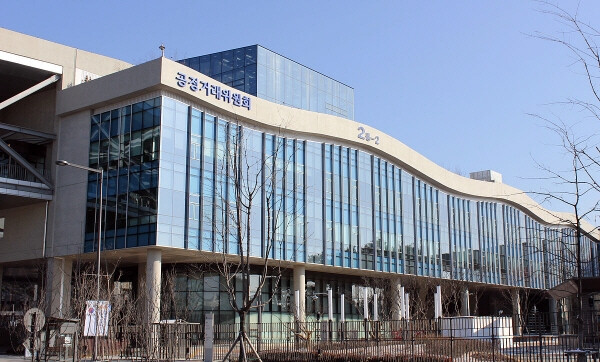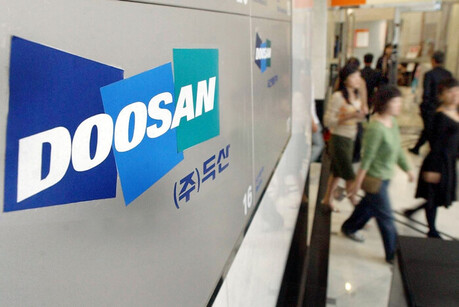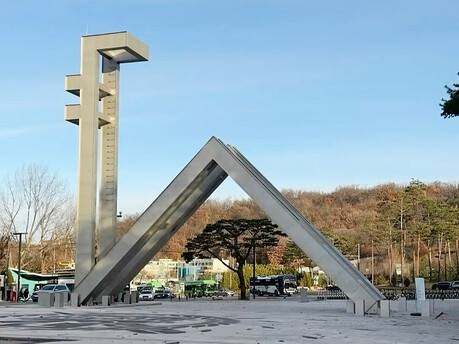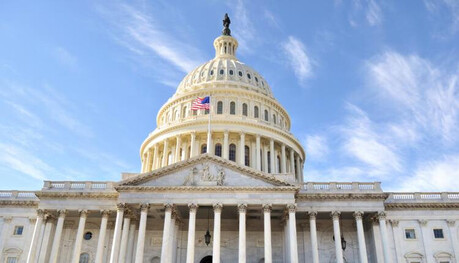
SEOUL – Commission rates charged by major retailers in South Korea, including TV home shopping channels, department stores, and large discount stores, saw a slight increase last year, putting additional pressure on suppliers, according to a report released by the Fair Trade Commission (FTC) on Tuesday.
The FTC’s “Survey on Sales Commission Rates of Large Retailers” revealed that while commission rates had been on a downward trend until last year, this year marked a reversal, with most sectors experiencing either rising rates or a slowdown in the rate of decline.
TV home shopping platforms continued to command the highest commission rates, averaging 27.3%, followed by department stores at 19.2%, large discount stores at 18.2%, outlets and complex shopping malls at 12.8%, and online shopping malls at 11.8%. The “actual commission rate” is calculated by dividing the total commissions received by retailers from suppliers, along with additional costs such as marketing and logistics, by the total value of goods sold, excluding direct purchase transactions.
The report highlighted that TV home shopping, department stores, and large discount stores saw increases of 0.1 to 0.4 percentage points in their commission rates compared to the previous year. Outlets and complex shopping malls, which had been experiencing a consistent decrease of 0.4 to 0.6 percentage points annually, saw only a minimal decline of 0.1 percentage point this year.
Interestingly, while the overall commission rate for online shopping malls decreased slightly from 12.3% to 11.8%, this was attributed to Coupang’s decision to discontinue special purchase agreements. Excluding Coupang, the average commission rate for online marketplaces actually increased from 9.4% in 2022 to 10.0% in 2023.
Individual companies with the highest commission rates included GS Home Shopping (30.1%), AK Department Store (20.4%), E-Mart (19.2%), New Core Outlet (17.6%), and Coupang (29.8%).
Small and medium-sized enterprises (SMEs) supplying goods faced a significantly higher burden, paying an average of 4.2 percentage points more in commission rates than larger suppliers. However, the gap between SMEs and larger suppliers did narrow slightly from 4.6 percentage points the previous year.
Furthermore, the practice of suppliers providing “sales incentives” to retailers for activities like in-store displays was prevalent, particularly in convenience stores (50.3% of suppliers), followed by large discount stores (24.7%), online shopping malls (14.6%), and department stores (3.7%). The ratio of these incentives to transaction values also increased in sectors with high direct purchase transaction volumes. Online shopping malls, in particular, have seen a consistent rise in this ratio, from 1.1% in 2019 to 3.2% in 2023.
The FTC stated its commitment to ongoing monitoring of trading practices, particularly concerning additional costs imposed on suppliers, and pledged to scrutinize retailers' cost collection processes for potential unfair practices. This latest report raises concerns about the increasing financial strain on suppliers, particularly SMEs, within South Korea’s retail landscape.
[Copyright (c) Global Economic Times. All Rights Reserved.]






























